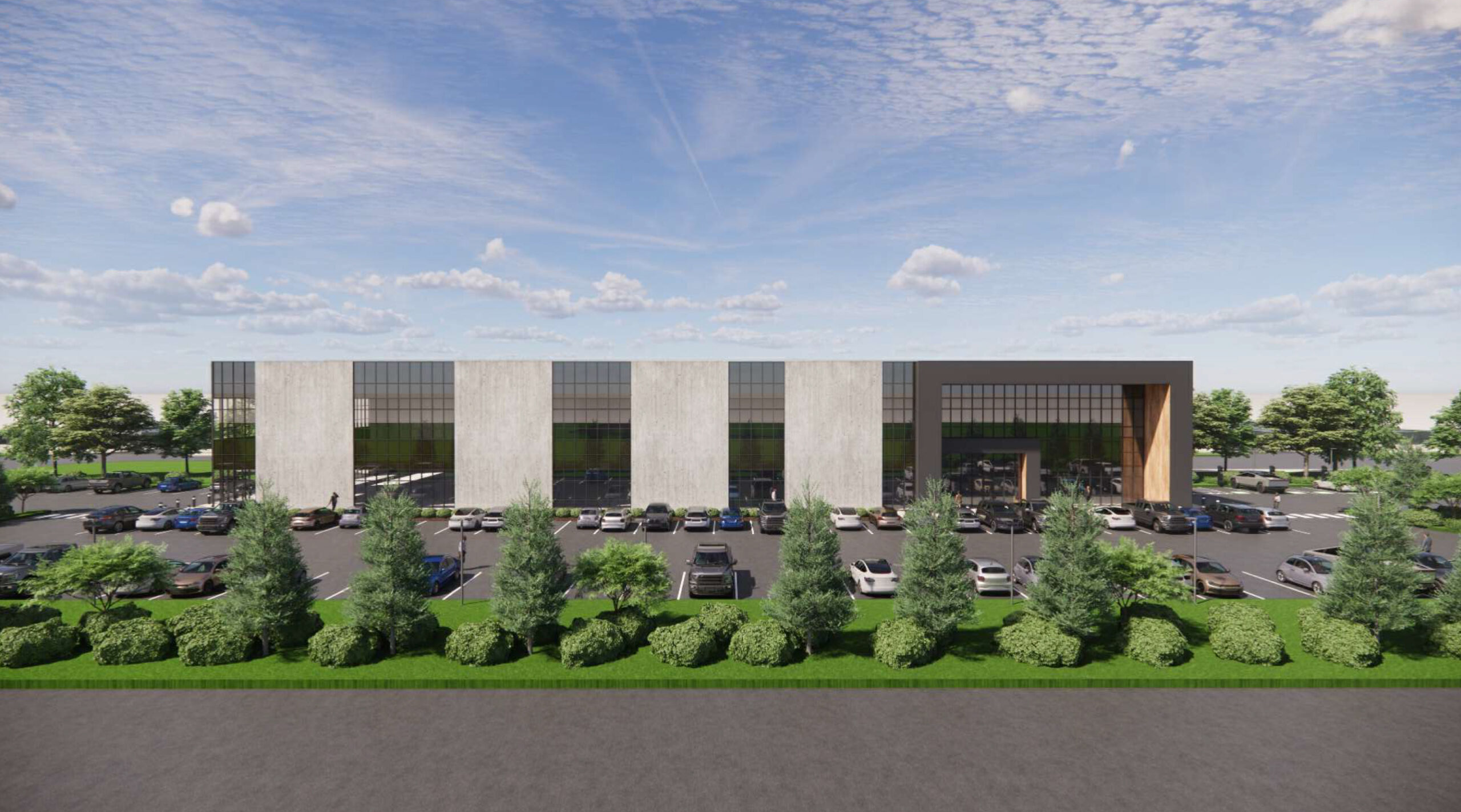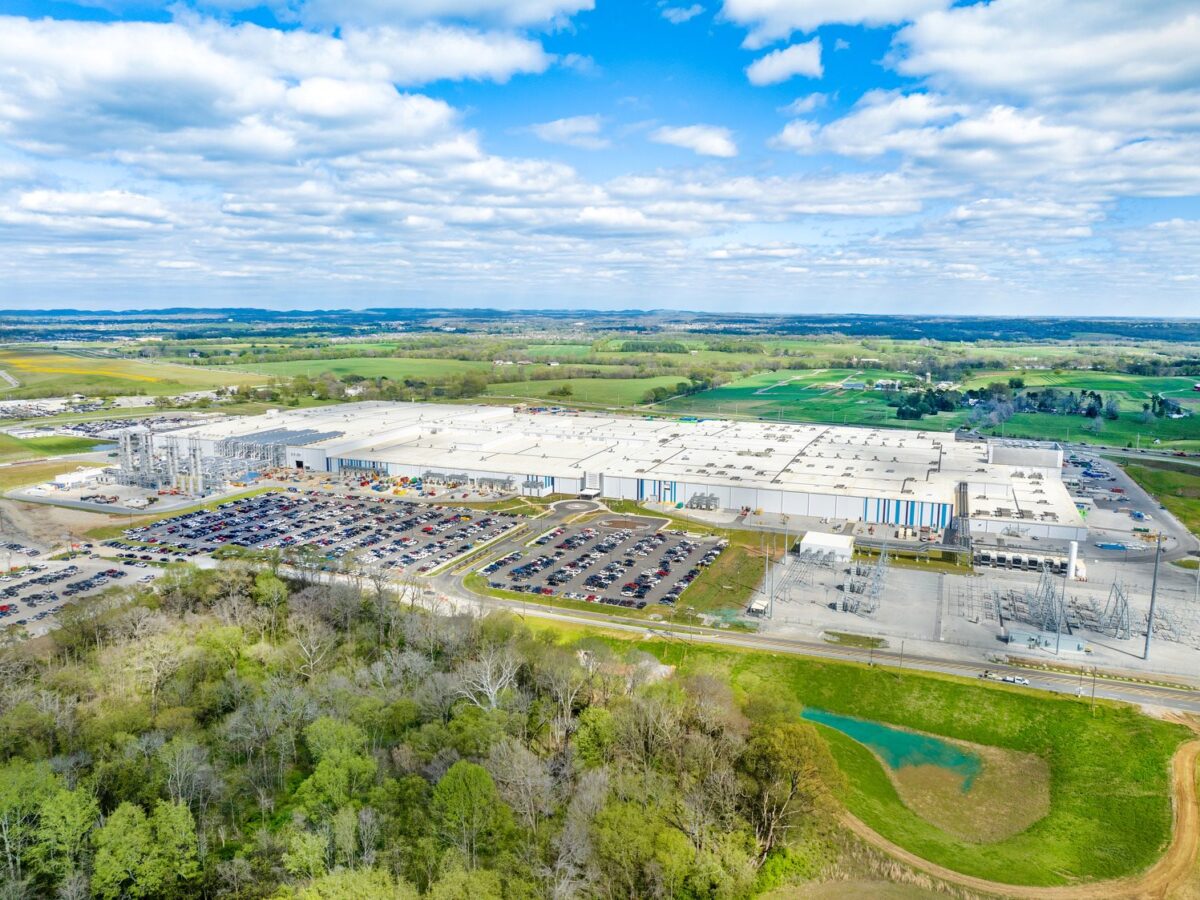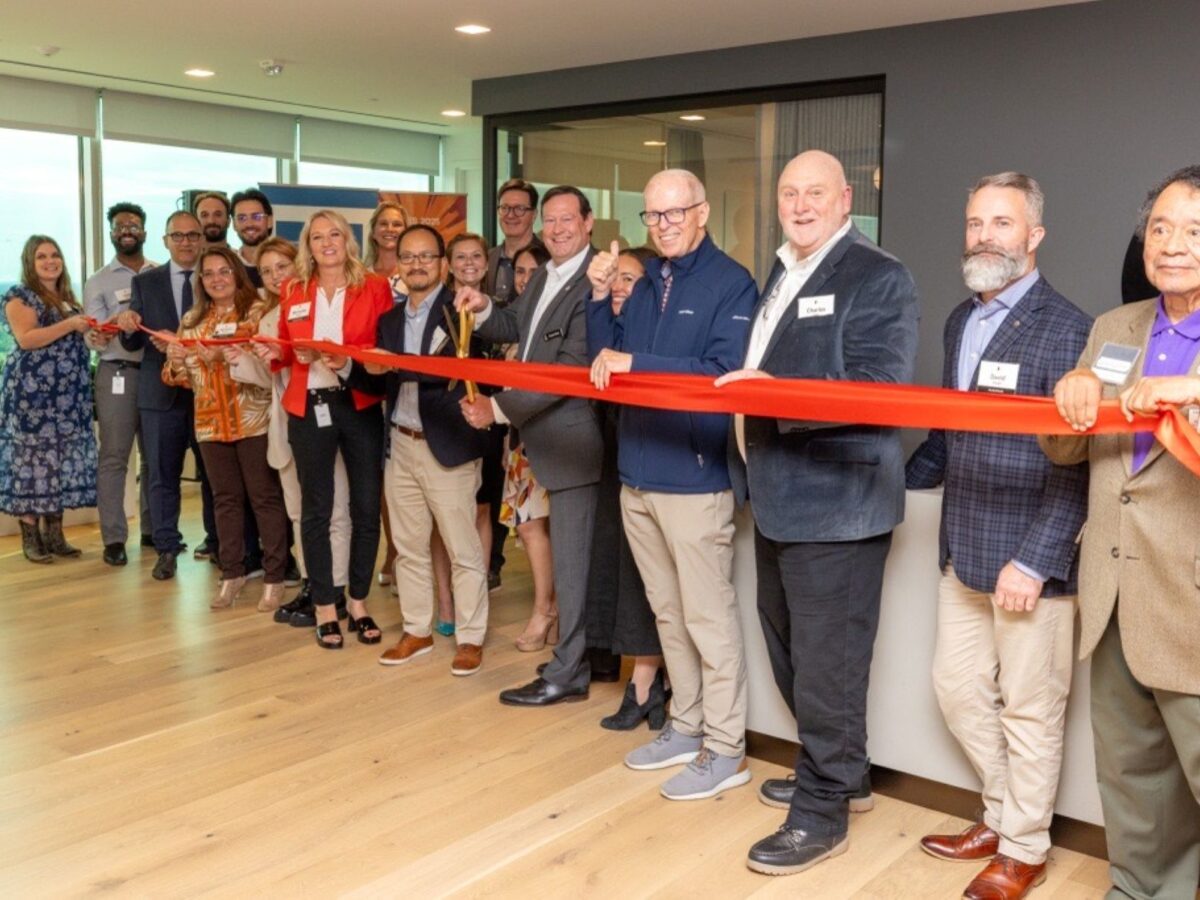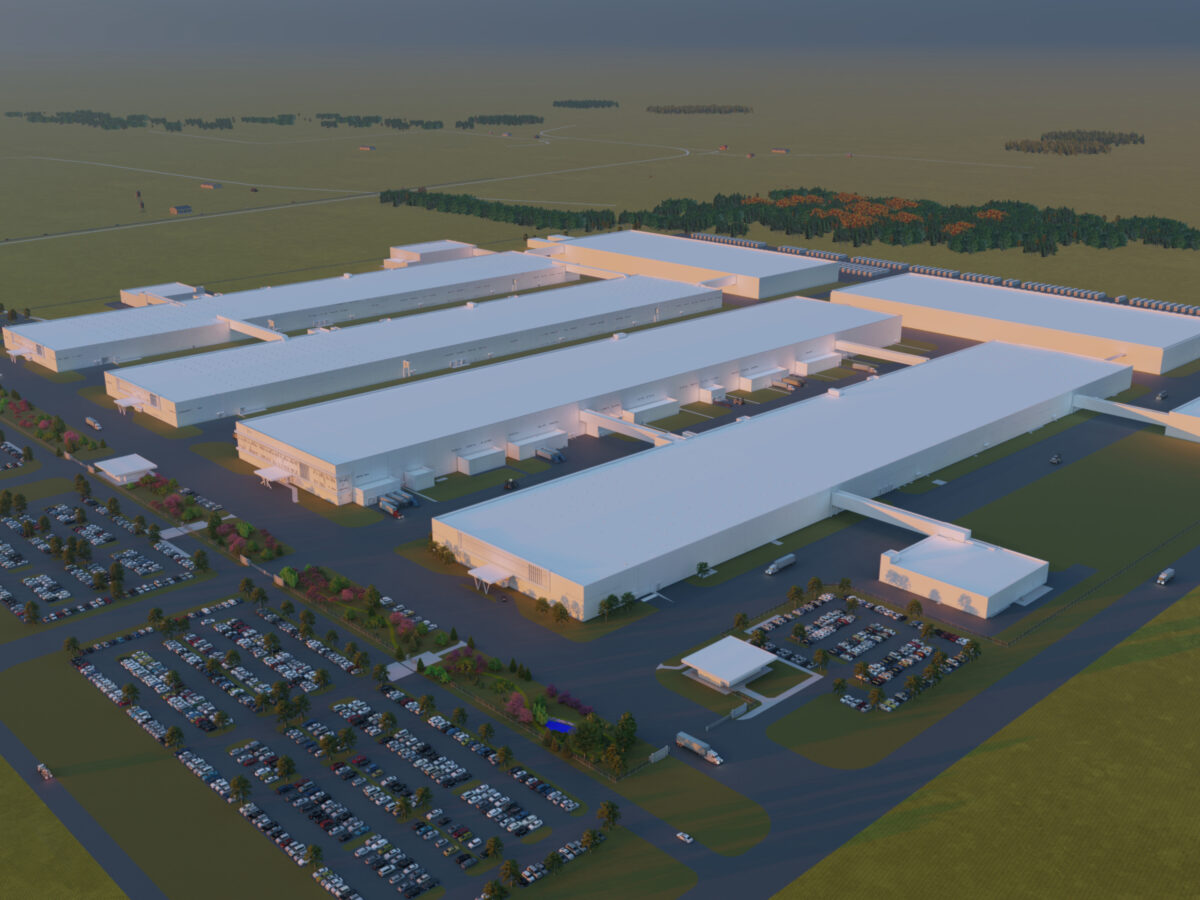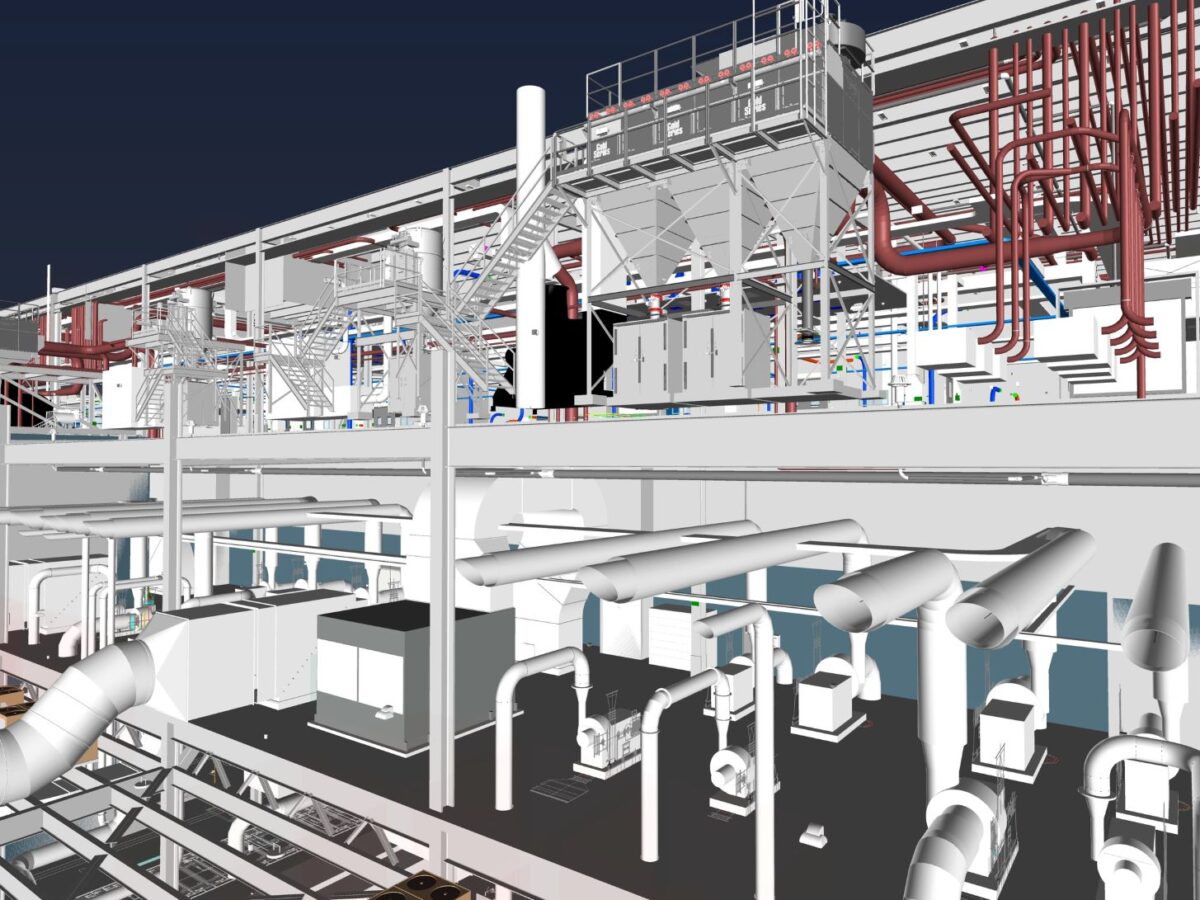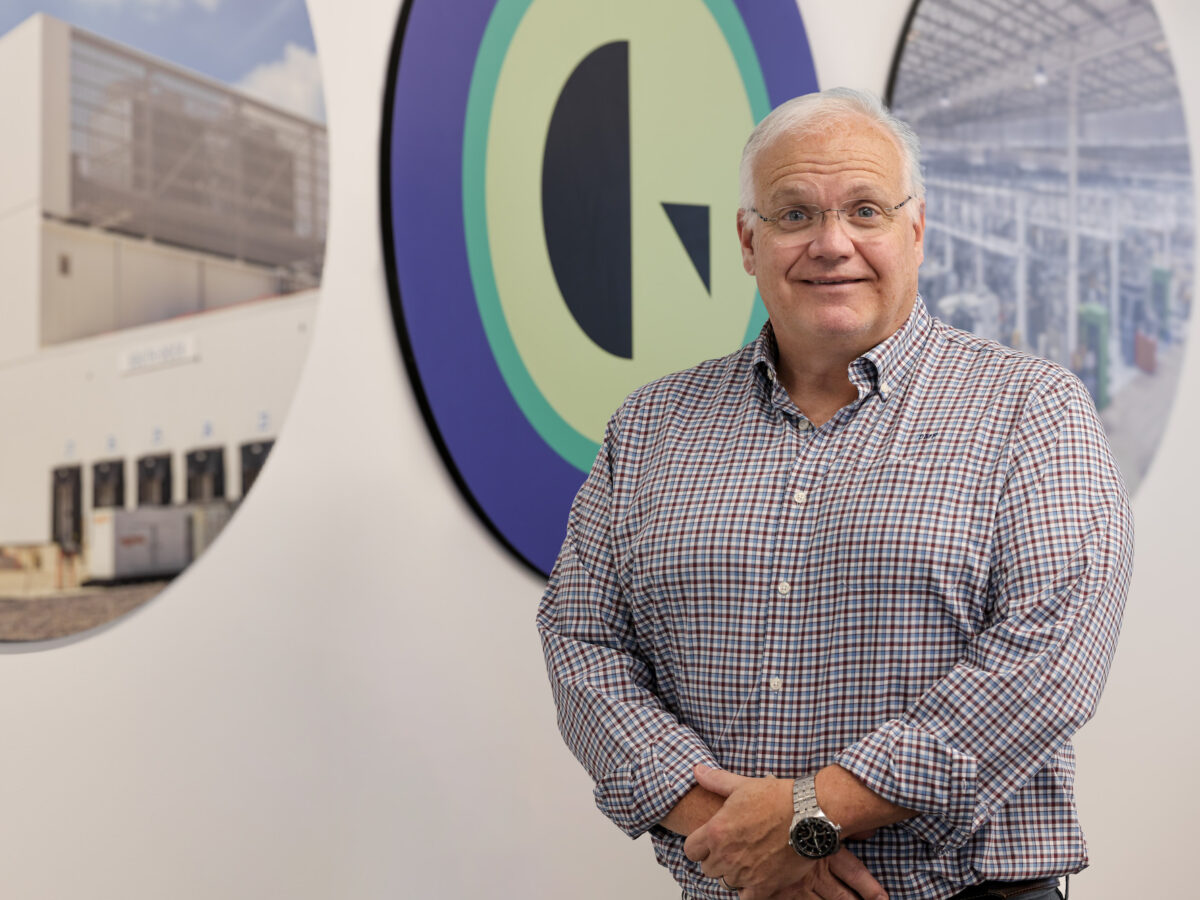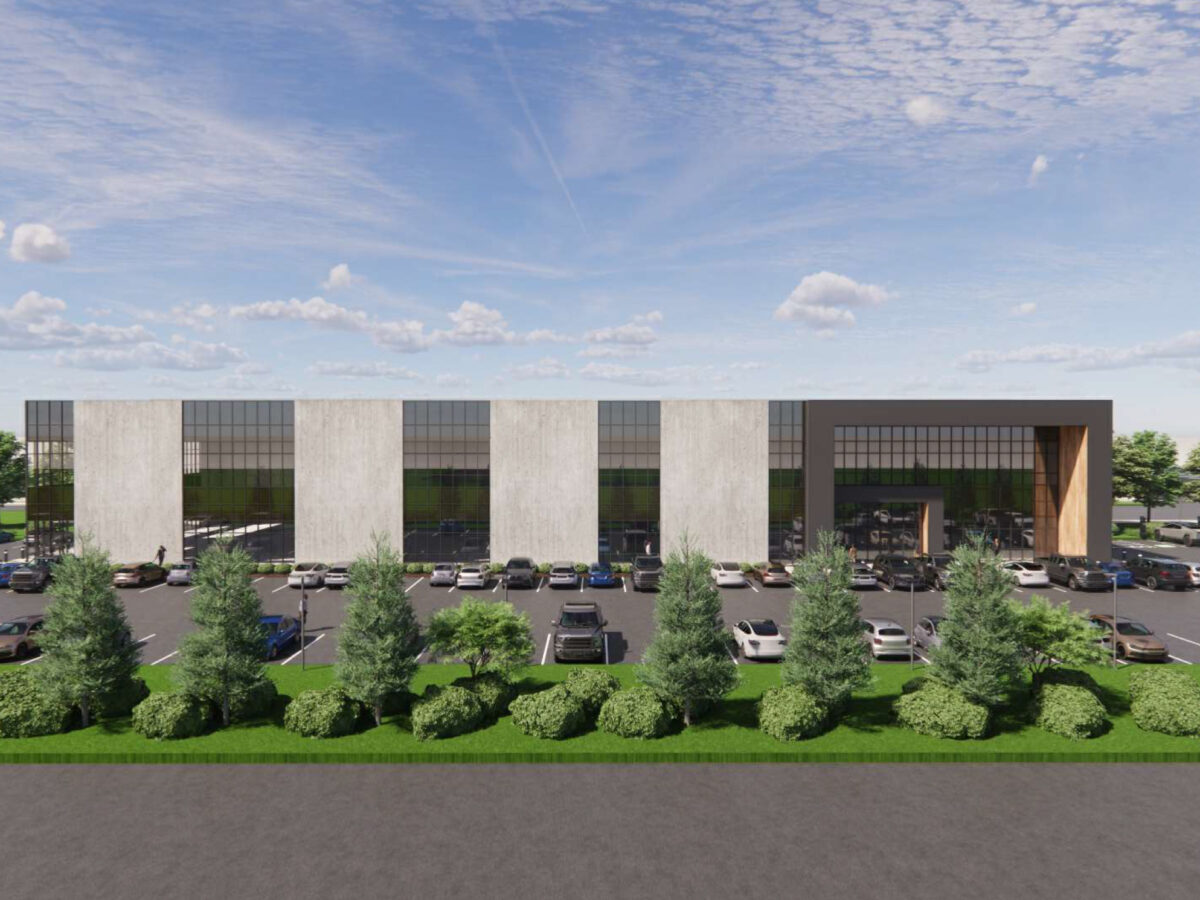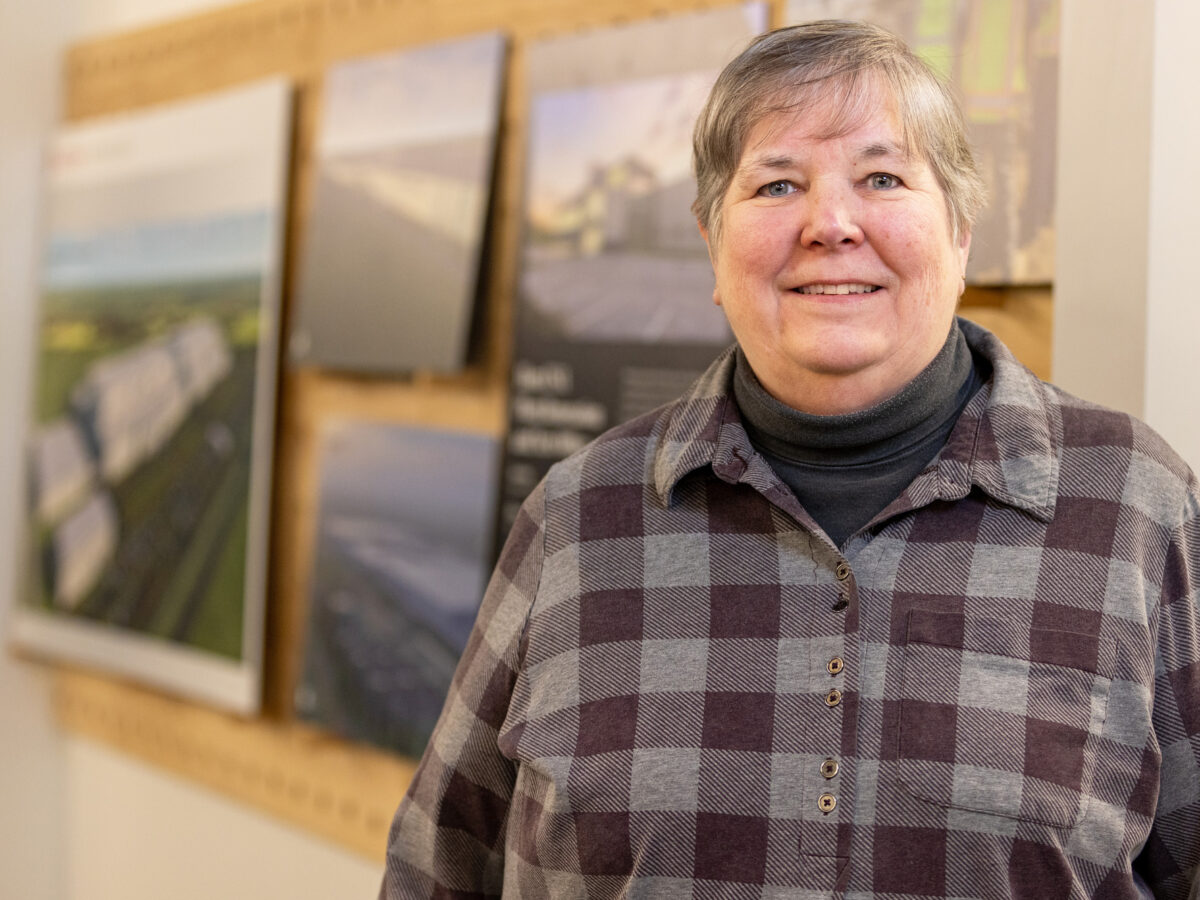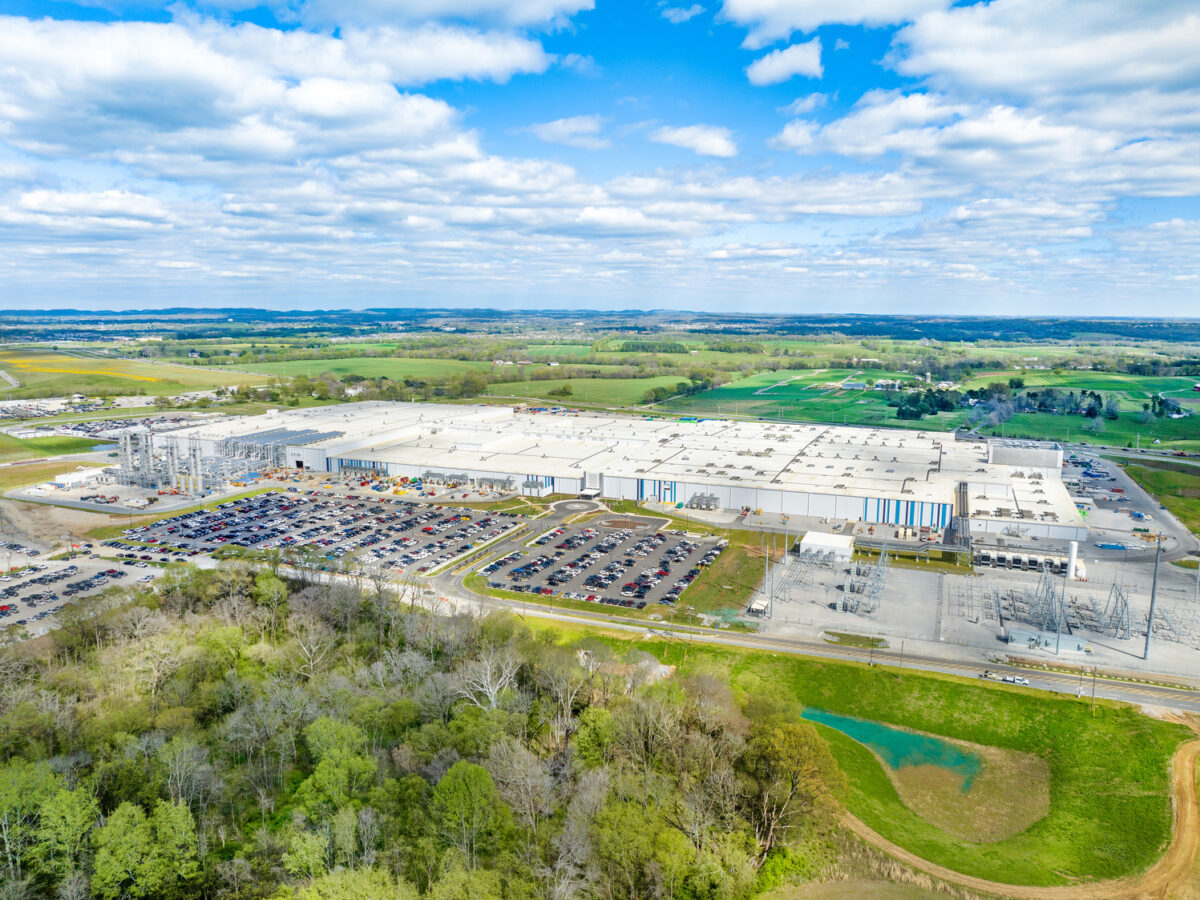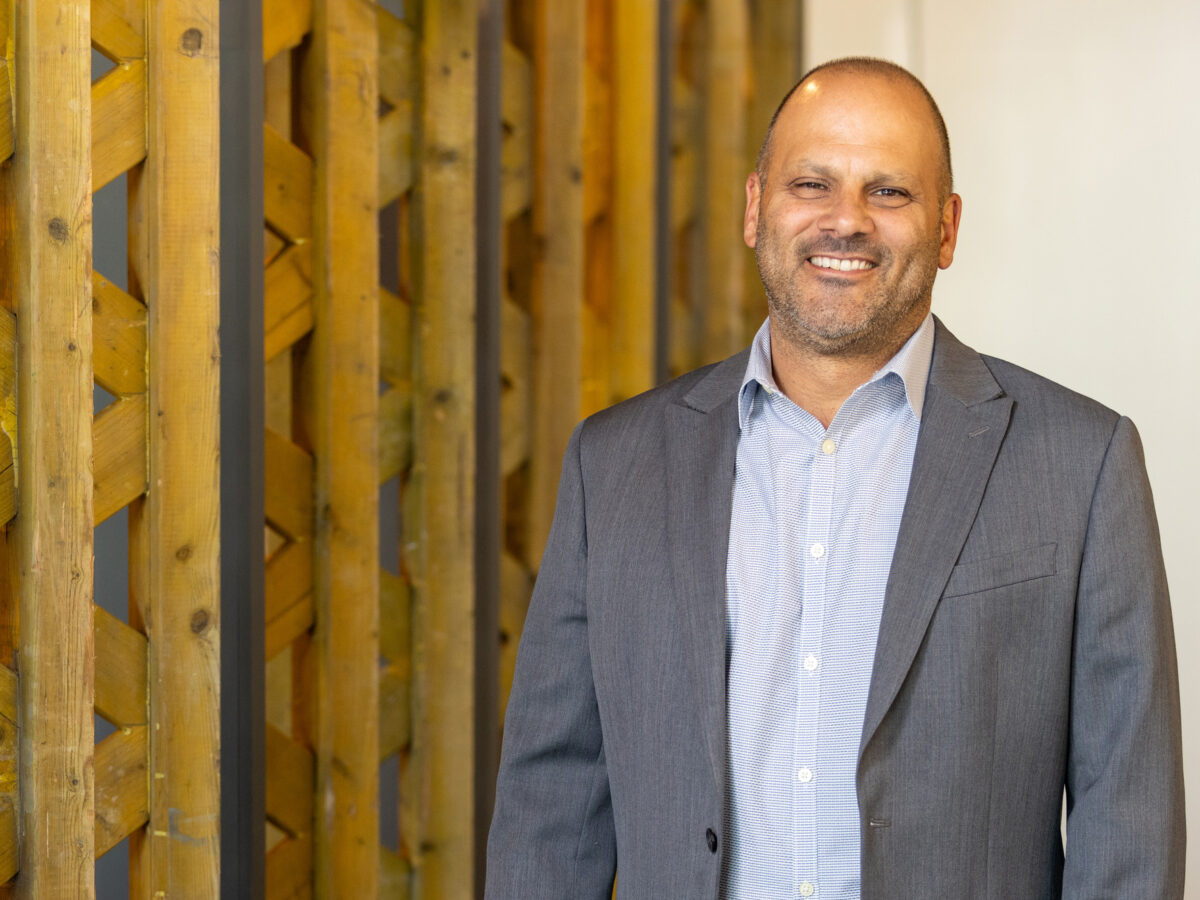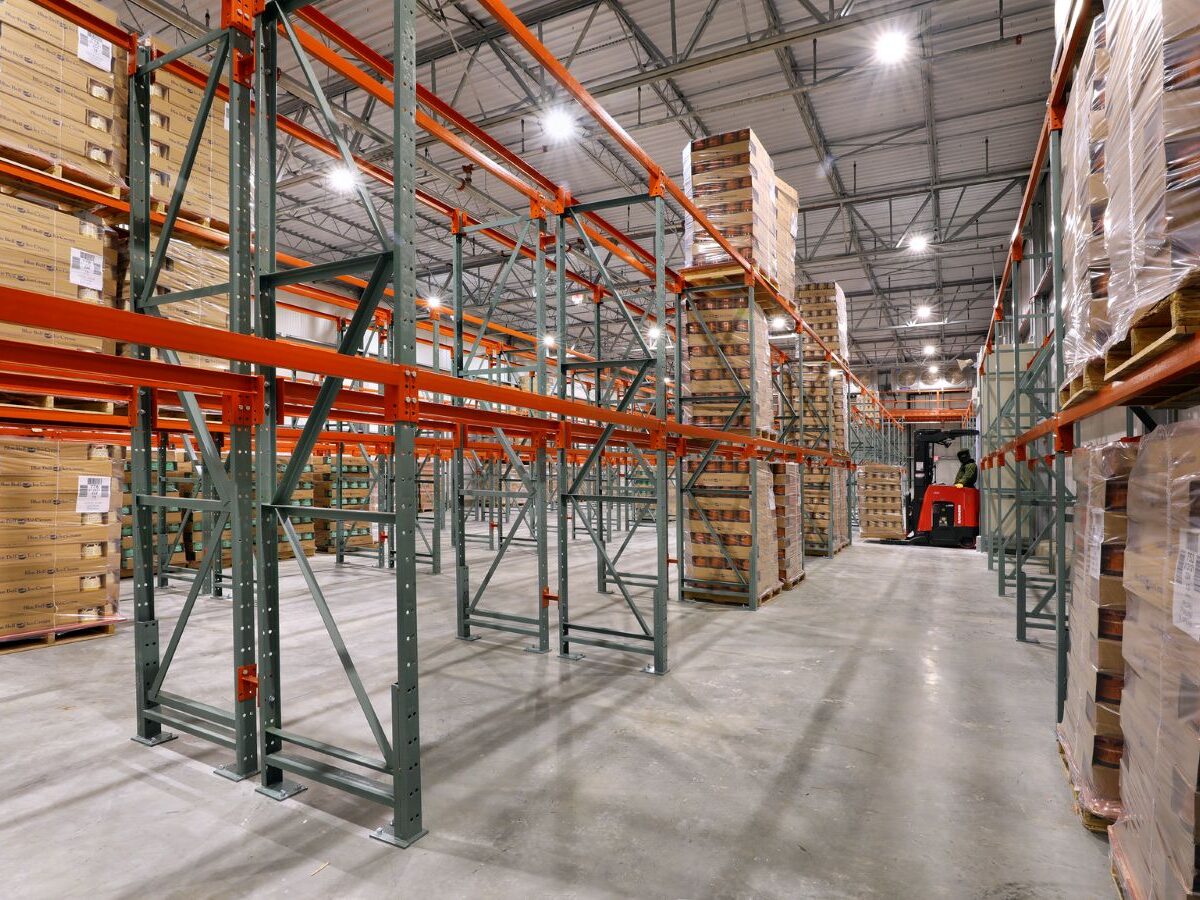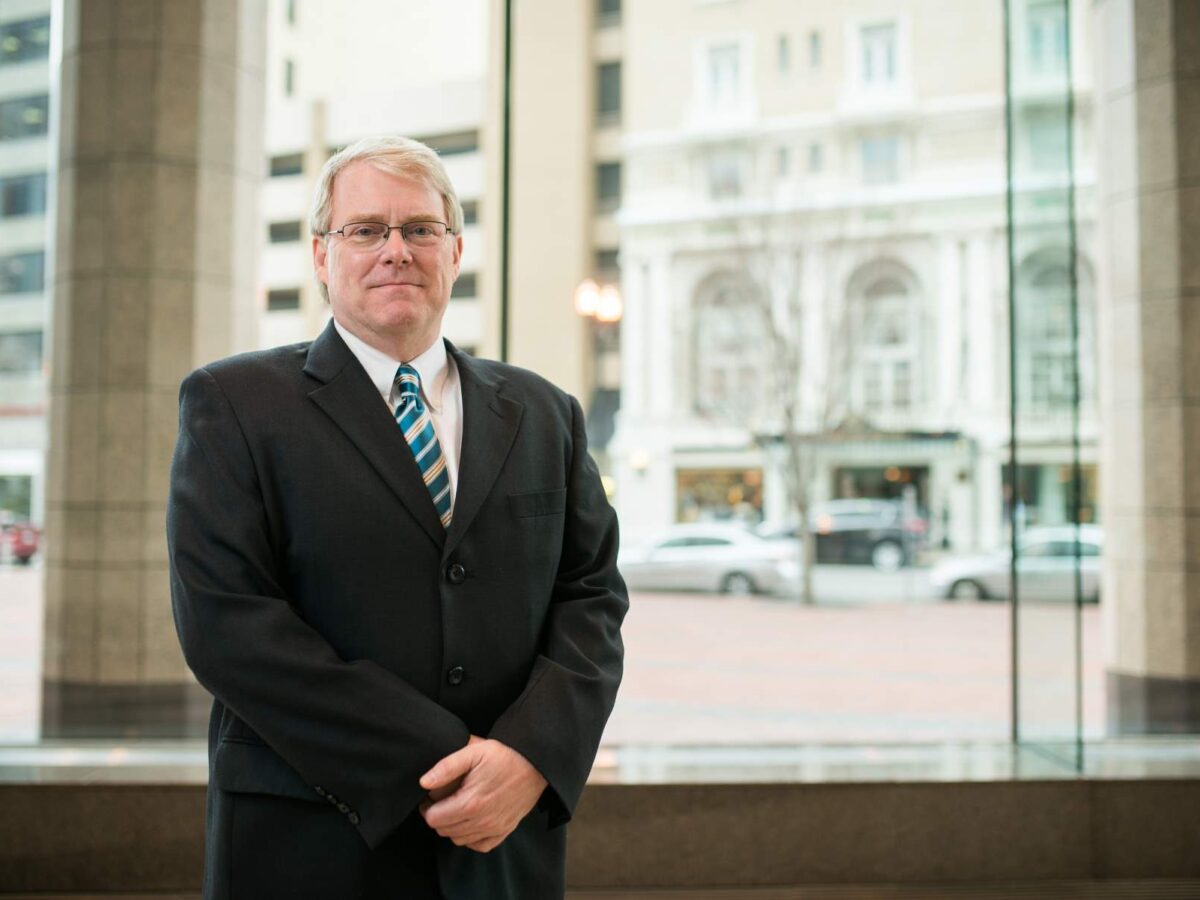Note: This article first appeared in the 2025 Spring Issue of 7×24 Exchange Magazine.
Data centers are the unsung heroes of our increasingly digital world, powering everything from remote work and streaming entertainment to breakthroughs in healthcare and renewable energy. While these facilities are critical to modern life, they also require significant resources like power, water and land. This can sometimes spark concerns in the communities where they are built. However, with thoughtful planning and engagement, data centers can contribute positively to local infrastructure and quality of life, proving they can be good neighbors.
Balancing Growth and Community Impact
The data center industry is booming, with an annual growth rate projected at 10.9% through 2030. Across the U.S., over a thousand projects are in planning or development stages, ranging from multi-building campuses consuming gigawatts of energy to facility upgrades accommodating next-gen technology. These developments often cluster in specific regions due to resource availability, proximity to population centers, and economic incentives. Naturally, this concentration raises sustainability and community disruption concerns. But these projects also bring opportunities—for jobs, infrastructure upgrades, and environmental innovation.
The Power of Early Engagement
Community outreach should be at the forefront of any data center project. Engaging early and often with local stakeholders, municipal planners, and environmental agencies helps align the project with zoning requirements and community expectations. Transparency about energy, water and land use is key. Explaining sustainability initiatives, such as using renewable energy or innovative cooling systems, can ease concerns.
A proactive approach includes highlighting the project’s community benefits from the outset. These benefits can range from job creation and tax revenue to infrastructure improvements that extend beyond the facility’s immediate needs. Data center developers can build goodwill by outlining how a project will enhance the local economy and contribute to sustainability efforts.
Addressing Environmental Concerns with Transparency
Given the substantial resource demands of data centers, addressing environmental concerns with transparency is essential. Communities often worry about the energy consumption, carbon emissions, and water usage often associated with data centers. Being upfront about resource use and sustainability plans and demonstrating responsible stewardship can alleviate fears and potential misinformation.
For instance, Google’s data centers in Arizona and Iowa have invested in water conservation projects that benefit the entire community, not just the facility itself. Similarly, hyperscale providers like Meta and Apple have pioneered renewable energy projects that supply excess power to the grid. By making these commitments clear to local stakeholders, developers can shift the conversation from concerns to shared opportunities.
Collaborating with Local Authorities
Another critical step is collaborating closely with local authorities throughout the planning and permitting process. City planners, utility providers and environmental agencies can help align projects with regional development goals and ensure compliance with regulations.
In some cases, partnerships with local governments have led to innovative infrastructure solutions. In Memphis, Tennessee, a collaboration between local utilities and industrial clients resulted in the Colossus Water Recycle Facility, which reduces strain on the Memphis Aquifer by 10 million gallons daily. By working hand-in-hand with officials, data center developers can contribute to regional sustainability efforts while ensuring long-term operational stability.
Investing in Local Infrastructure
Data centers are major infrastructure investments, and the best projects invest in local infrastructure improvements that extend beyond their own needs. Upgrades to roads, power grids and water treatment facilities can have lasting benefits for the broader community. For example, Meta’s Huntsville, Alabama, data center spurred broadband expansions that improved internet access for rural residents. Similarly, investments in renewable energy projects in Prineville, Oregon, have supported local sustainability initiatives while providing clean power to residents.
Establishing a Community Feedback Loop
Ongoing dialogue is crucial for long-term success. Developers should establish a community feedback loop through advisory boards, town hall meetings or designated liaison roles. These channels ensure that residents’ concerns are heard and addressed—not just during construction, but throughout the data center’s operational life. One effective strategy is hosting open houses where community members can meet with project leaders and discuss their concerns. These events help humanize the development process and reinforce that data center operators are committed to being good neighbors.
Designing with the Community in Mind
A common concern surrounding data centers is their aesthetic impact. These large, industrial structures can alter landscapes, especially in non-industrial areas. That’s why it’s essential to design with aesthetics and local character in mind. Non-industrial facades, strategic landscaping, and screening elements can help facilities blend into their surroundings. Architects often incorporate local architectural styles to ensure that new developments feel like a natural extension of the community rather than a disruptive addition.
Beyond aesthetics, sustainability should be a core design consideration. From water-efficient, closed-loop and reclaimed water use in cooling systems to resilient, clean, primary and backup power solutions, modern data centers are being designed to respond to the need for resource efficiency and innovation. Data center developers are increasingly prioritizing low-carbon building solutions, from utilizing sustainable materials with lower embodied carbon to integrating AI-driven energy management systems that optimize power consumption.
As part of this broader push for efficiency and sustainability, modular construction methods are gaining traction as a way to reduce material waste, shorten project timelines, and enhance quality control. By shifting much of the building process to off-site factories, modular construction can reduce on-site noise and traffic and minimize disruption to nearby residents. While adoption has been gradual due to the complexity and scale of data center projects, developers are exploring ways to integrate prefabricated components where possible—such as modular power and cooling units—to streamline deployment while maintaining sustainability and performance goals.
Leveraging Local Suppliers and Workforce
One of the best ways to integrate into a community is by leveraging local suppliers and workforce. Hiring locally not only creates economic opportunities but also fosters goodwill.
T.J. Ciccone of STACK Infrastructure highlights the success of the Data Center Operations (DCO) program at Northern Virginia Community College. Since 2019, the initiative has graduated over 200 students, with nearly 70% securing jobs in the industry. Many of these graduates are from diverse backgrounds, including first-generation college students, earning starting salaries between $75,000 and $100,000 annually. By investing in workforce development programs and prioritizing local contractors, data center operators can directly contribute to the prosperity of the communities in which they build.
Patience and Persistence in Building Relationships
Finally, successful community engagement requires patience and persistence in building relationships. It takes time to cultivate trust, especially in areas where residents may be skeptical of large-scale developments. Hosting local events, supporting nonprofit initiatives, and maintaining open lines of communication help solidify long-term relationships. Whether through educational partnerships, environmental stewardship programs, or public infrastructure investments, data center developers have an opportunity to leave a lasting positive impact.
A Model for Responsible Development
When approached thoughtfully, data center development can be a catalyst for economic growth, sustainability and community enhancement. By following these Ten Steps for Better Community Engagement, developers can ensure that their projects are welcomed rather than opposed:
1. Engage early and often with local stakeholders
2. Highlight the project’s community benefits
3. Address environmental concerns with transparency
4. Be upfront about resource use and sustainability plans
5. Collaborate closely with local authorities
6. Invest in local infrastructure improvements
7. Establish a community feedback loop
8. Design with aesthetics and local character in mind
9. Leverage local suppliers and workforce
10. Be patient and persistent in building relationships
By prioritizing these principles, data center operators can move beyond merely mitigating concerns—they can become valuable and trusted members of the communities they serve. Through sustainable design, workforce development and infrastructure investment, data centers can balance their immense resource needs with meaningful contributions to society.
The future of digital infrastructure depends not just on technological innovation but on responsible, community-centered development. And when done right, data centers won’t just power the digital world—they’ll strengthen the communities they call home.
This article was written by Fred Miller when he was employed at Gresham Smith.
